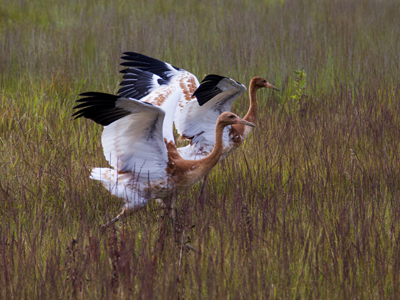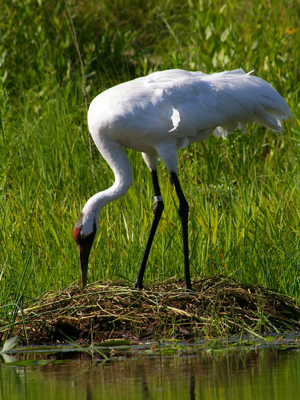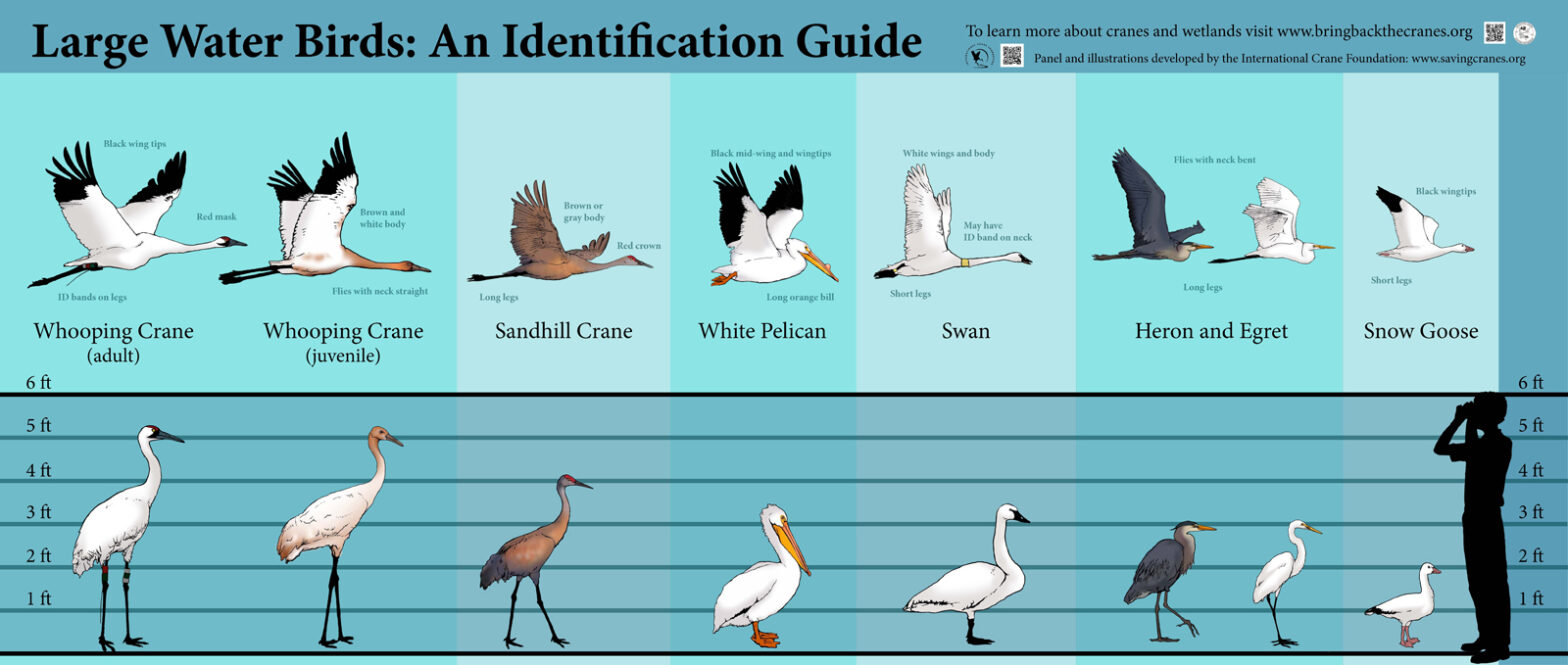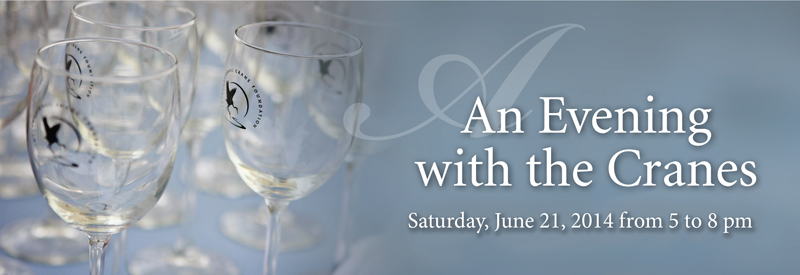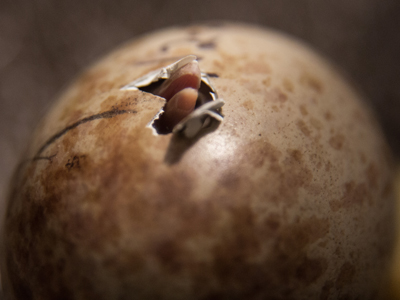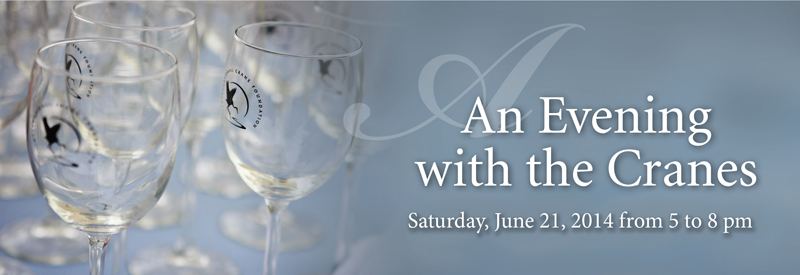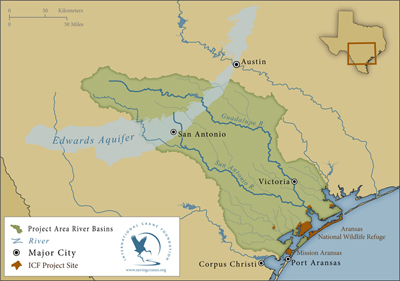 The four Direct Autumn Release (DAR) Whooping Crane chicks are headed to Louisiana! This year’s DAR chicks will be released in the non-migratory Whooping Crane population at the White Lake Wetlands Conservation Area in southwest Louisiana instead of with the eastern migratory population (WCEP population) in central Wisconsin.
The four Direct Autumn Release (DAR) Whooping Crane chicks are headed to Louisiana! This year’s DAR chicks will be released in the non-migratory Whooping Crane population at the White Lake Wetlands Conservation Area in southwest Louisiana instead of with the eastern migratory population (WCEP population) in central Wisconsin.
Results for "❤️ Beste Dating-Site: www.Dating4Me.site ❤️ Leitfaden Für Weiße Männer Zur Datierung Einer Schwarzen Frau"
Egg Score Card 2014
 ICF’s captive Whooping Cranes are laying eggs – breeding season is here! A tradition at ICF is to follow our “Egg Score Card,” which tracks the Whooping Crane eggs from our captive flock, as well as wild Whooping Crane nests in Wisconsin.
ICF’s captive Whooping Cranes are laying eggs – breeding season is here! A tradition at ICF is to follow our “Egg Score Card,” which tracks the Whooping Crane eggs from our captive flock, as well as wild Whooping Crane nests in Wisconsin.
USFWS Announces 2013 Shooting of Whooping Crane in Wisconsin

Wisconsin is home to a long legacy of ethical hunters and bird enthusiasts that dates back to before Aldo Leopold’s A Sand County Almanac of the mid-1900s. In the spirit of Leopold’s land ethic, we need your help.
An Evening with the Cranes: ICF's Summer Fundraiser
 The International Crane Foundation (ICF) will host An Evening with the Cranes, Saturday, June 21, from 5 – 8 pm. Described as a magical evening, ICF brings together delicious food, wines from around the world, live music, and an opportunity to meet the people that are dedicated to saving cranes.
The International Crane Foundation (ICF) will host An Evening with the Cranes, Saturday, June 21, from 5 – 8 pm. Described as a magical evening, ICF brings together delicious food, wines from around the world, live music, and an opportunity to meet the people that are dedicated to saving cranes.
Notes from the President
 I would have failed photography school. Whenever I find myself in the exotic crane places of the world, I am flanked by photographers who are able to capture the elegance and excitement – the pure charisma – of cranes in the most breathtaking ways. My camera, however, tends to focus less on the dramatic beauty and more on the menacing threats to the crane world. A Blue Crane roosting under a big, ugly powerline – click! A Wattled Crane struggling to feed on a parched, dusty floodplain – snap!
I would have failed photography school. Whenever I find myself in the exotic crane places of the world, I am flanked by photographers who are able to capture the elegance and excitement – the pure charisma – of cranes in the most breathtaking ways. My camera, however, tends to focus less on the dramatic beauty and more on the menacing threats to the crane world. A Blue Crane roosting under a big, ugly powerline – click! A Wattled Crane struggling to feed on a parched, dusty floodplain – snap!
First Whooping Crane of the Season Hatches at Necedah Refuge

The Whooping Crane Eastern Partnership and staff at Necedah National Wildlife Refuge in Wisconsin are celebrating the first wild Whooping Crane chick of the 2014 season. The chick represents the latest success in the effort to sustain a wild migratory population of endangered Whooping Cranes in eastern North America.
ICF is Celebrating Party for the Planet!

On Saturday, April 26th, 2014, bring your family to the International Crane Foundation, where we are celebrating Earth Day with our Party for the Planet™.
You're Invited to An Evening with the Cranes 2014
 Gather your friends and join the International Crane Foundation for our fifth annual Evening with the Cranes on Saturday, June 21 from 5 – 8 pm! Described as earthly elegant, this outdoor event at our headquarters in Baraboo, Wis. is an opportunity to meet the dedicated people that work at ICF and learn about our global conservation programs.
Gather your friends and join the International Crane Foundation for our fifth annual Evening with the Cranes on Saturday, June 21 from 5 – 8 pm! Described as earthly elegant, this outdoor event at our headquarters in Baraboo, Wis. is an opportunity to meet the dedicated people that work at ICF and learn about our global conservation programs.
Texas Whooping Crane Wintering Area May be Affected by Oil Spill
 ICF is concerned about the Kirby Inland Marine oil spill that occurred in Galveston Bay, Texas on March 22. If prevailing winds and currents drive the oil spill southwest along the Texas coast, there may be a possible landfall of spilled oil along Matagorda Island and adjacent bays later this week. This could potentially put the endangered Whooping Crane at risk.
ICF is concerned about the Kirby Inland Marine oil spill that occurred in Galveston Bay, Texas on March 22. If prevailing winds and currents drive the oil spill southwest along the Texas coast, there may be a possible landfall of spilled oil along Matagorda Island and adjacent bays later this week. This could potentially put the endangered Whooping Crane at risk.
Notes from the President
 Midway along our journey from New Delhi to Bharatpur, we pulled our bus off the highway and leapt out to scan for birds and other things that might flash in our binoculars and cameras. At first glance, these intensively farmed lands, flush with people everywhere, didn’t seem a good prospect for wildlife viewing. But as the small wetlands dotting this landscape came deeper into focus, species after species appeared — a wealth of ducks, cormorants, ibises, spoonbills, storks, herons, kingfishers, and shorebirds.
Midway along our journey from New Delhi to Bharatpur, we pulled our bus off the highway and leapt out to scan for birds and other things that might flash in our binoculars and cameras. At first glance, these intensively farmed lands, flush with people everywhere, didn’t seem a good prospect for wildlife viewing. But as the small wetlands dotting this landscape came deeper into focus, species after species appeared — a wealth of ducks, cormorants, ibises, spoonbills, storks, herons, kingfishers, and shorebirds.

